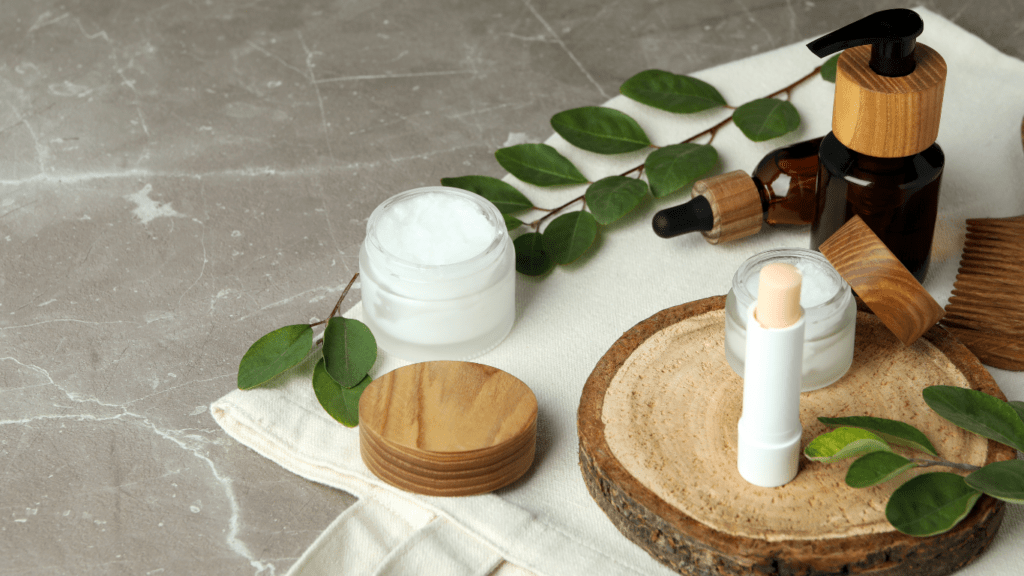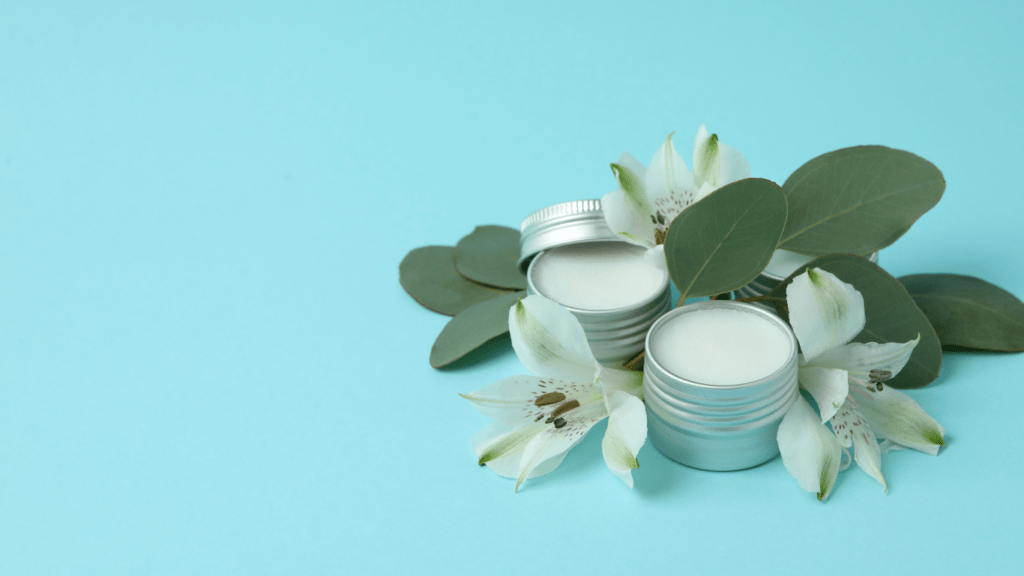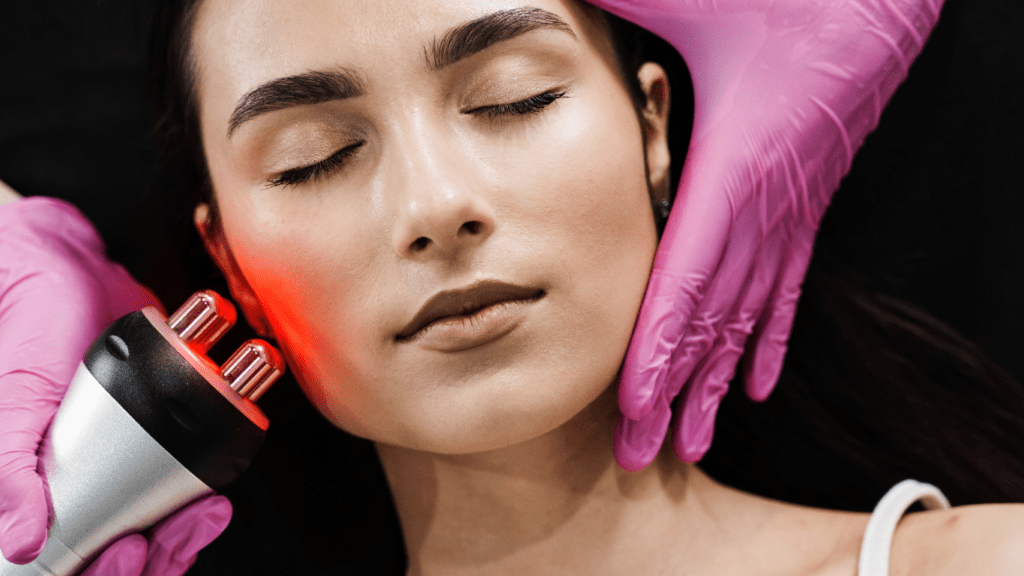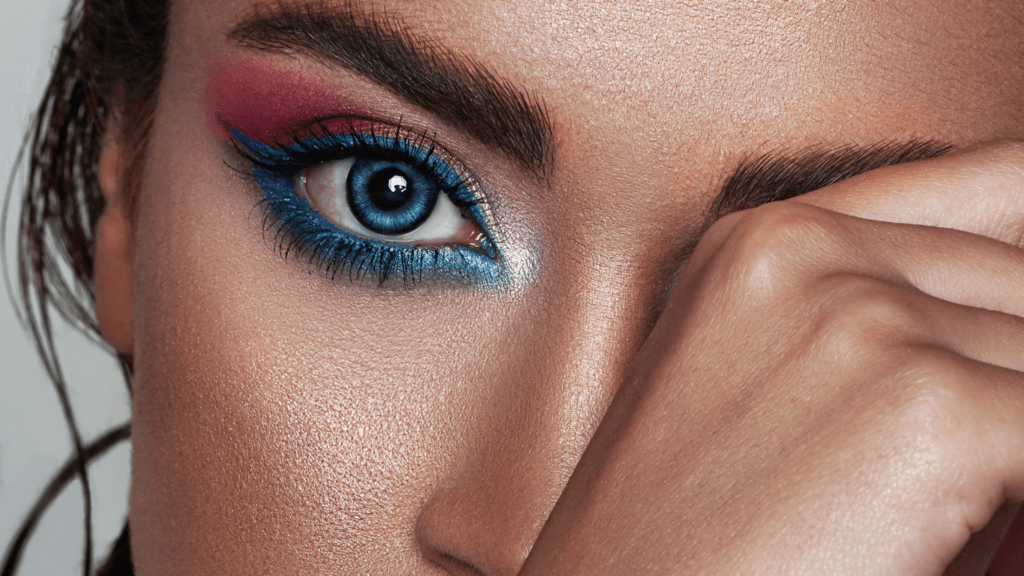Understanding Sustainable Beauty
Sustainable beauty focuses on eco-friendly practices in the beauty industry. It combines environmental responsibility with product efficacy.
Definition And Importance
Sustainable beauty’s core is using environmentally friendly ingredients and processes. It’s vital as it minimizes harm to the planet and promotes consumer health. For example, brands use biodegradable ingredients and recyclable packaging to reduce waste and pollution. This approach ensures that beauty products don’t compromise the ecosystem or our well-being.
Historical Context
The movement began in the 20th century with increased ecological awareness. Initially, eco-friendly beauty products were niche. However, they gained popularity as consumers demanded transparency and ethical practices. Major milestones include the rise of natural ingredient use in the 1990s and the push for eliminating microplastics and harmful chemicals in the 2000s. Brands like The Body Shop led the way by pioneering cruelty-free and sustainable cosmetics.
Key Elements Of Sustainable Beauty
Sustainable beauty incorporates several key elements that ensure products are environmentally friendly and ethically produced. I’ll dive into each crucial aspect of this movement.
Ingredients And Sourcing
Brands focus on using natural and organic ingredients to reduce environmental impact. They prioritize biodegradable substances, avoiding harmful chemicals like:
- parabens
- sulfates
For example, Burt’s Bees sources beeswax and honey from sustainable beekeeping practices, ensuring biodiversity preservation. Companies also seek ethically sourced ingredients, partnering with suppliers who follow fair trade practices.
Packaging And Waste Reduction
Sustainable beauty brands aim to minimize packaging waste. They use recyclable and biodegradable materials, reducing landfill contributions. Lush Cosmetics offers unpackaged products like shampoo bars, eliminating plastic use. Brands also implement refill programs, encouraging customers to reuse containers, which decreases single-use plastic reliance.
Ethical Practices And Fair Trade
Ethical practices are a cornerstone of sustainable beauty. Companies commit to cruelty-free testing, ensuring no animals are harmed during product development.
The Body Shop, for instance, champions cruelty-free standards. Fair trade practices are equally important; brands engage in fair trade agreements to support fair wages and working conditions. These efforts not only promote ethical labor practices but also contribute to community development.
Key elements like these reinforce the beauty industry’s shift towards sustainability, balancing environmental responsibility and product efficacy.
Leading Brands In Sustainable Beauty

In the realm of sustainable beauty, several brands stand out for their innovative strategies and ethical commitments. Here, I’ll delve into their contributions to an eco-friendly beauty industry.
Brand 1: Innovations And Practices
Lush Cosmetics exemplifies innovation in sustainable beauty. With its “naked” products, the company reduces plastic waste by offering items without traditional packaging.
For instance, their solid shampoo bars and bath bombs come without wrappers, significantly cutting down on single-use plastic. Additionally, Lush uses natural ingredients such as essential oils while avoiding synthetic chemicals. Their practices highlight a commitment to reducing environmental footprints.
Brand 2: Certifications And Accreditations
Burt’s Bees holds several certifications that attest to its sustainability efforts. The company is certified by organizations like the Natural Products Association, indicating the use of natural ingredients.
Burt’s Bees also bears the Leaping Bunny cruelty-free logo, ensuring no animal testing. Their packaging is predominantly recyclable, further confirmed by the Forest Stewardship Council (FSC) certification for responsibly sourced materials. These accreditations demonstrate the brand’s comprehensive approach to eco-friendly beauty.
Brand 3: Consumer Impact And Feedback
The Body Shop is renowned for its ethical practices, resonating with consumers who value sustainability. Consumers appreciate the brand’s community trade program, which supports fair trade and ethical sourcing.
For example, feedback often highlights their efforts in providing fair wages and community support in developing countries. Surveys indicate high satisfaction rates among customers for the brand’s cruelty-free products and environmental initiatives. The Body Shop’s responsiveness to consumer feedback underscores its commitment to social and environmental responsibility.
Challenges And Future Outlook
Shifting towards sustainable beauty brings several obstacles and exciting future trends. It’s essential to address these challenges when aiming for greener practices.
Obstacles In Implementation
- Brands face significant challenges in implementing sustainable practices.
- One major hurdle is the high cost of sourcing eco-friendly materials.
- Natural ingredients and recyclable packaging often cost more than their synthetic and non-recyclable counterparts.
- Regulatory compliance adds another layer of complexity.
- Meeting stringent environmental and quality standards across different regions can slow down product development.
- Consumer misconceptions about sustainable products present a barrier.
- Some consumers believe that eco-friendly products are less effective, which hinders market adoption.
Emerging Trends And Technologies
Despite the obstacles, exciting trends and technologies drive the sustainable beauty movement forward. Biodegradable packaging and refill systems are gaining traction as brands aim to reduce waste. For example, companies offer refillable skincare and makeup products to minimize single-use plastic.
Advances in biotechnology also play a crucial role. Lab-grown ingredients and bioengineering methods provide sustainable alternatives without compromising performance. Digital transparency through blockchain ensures ethical sourcing and production, boosting consumer trust. These innovations position the industry for a greener future, meeting the growing demand for sustainable beauty.
How To Choose Sustainable Beauty Products
Navigating the beauty aisle for sustainable options might seem daunting. However, focusing on key factors simplifies this process.
Reading Labels And Certifications
Examine product labels for clear information on ingredients and packaging. Look for certifications like USDA Organic, COSMOS, and Leaping Bunny, which assure adherence to sustainable and ethical standards. Products with minimal, recognizable ingredients often indicate fewer synthetic chemicals and added fragrances.
For example, check for natural oils or plant extracts instead of complex chemical names. Packaging notes, such as “recyclable” or “biodegradable,” further validate sustainability claims.
Supporting Ethical Companies
Research brands committed to ethical practices. Companies transparent about sourcing, fair trade, and cruelty-free testing practices earn consumer trust. Support brands that prioritize environmental impact, like those using renewable energy in production or partnering with environmental organizations.
Examples include Lush Cosmetics, known for its naked packaging, and The Body Shop, which has robust fair trade initiatives. By choosing these companies, consumers directly contribute to ethical and sustainable beauty industry efforts.



 Senior Fashion & Beauty Writer
Eric Camp, a seasoned writer and fashion expert, lends his sharp eye for trends and beauty to Glam World Walk. With a background in luxury retail and editorial work, Eric dives deep into the latest runway trends, offering readers insightful takes on the intersection of style and culture. His beauty product reviews and fashion industry analyses make him an indispensable part of the team, keeping readers ahead of the curve on all things chic and stylish.
Senior Fashion & Beauty Writer
Eric Camp, a seasoned writer and fashion expert, lends his sharp eye for trends and beauty to Glam World Walk. With a background in luxury retail and editorial work, Eric dives deep into the latest runway trends, offering readers insightful takes on the intersection of style and culture. His beauty product reviews and fashion industry analyses make him an indispensable part of the team, keeping readers ahead of the curve on all things chic and stylish.
